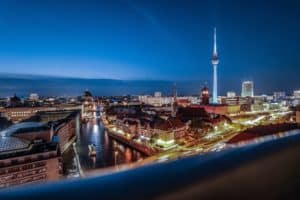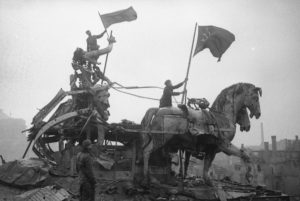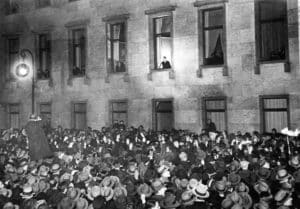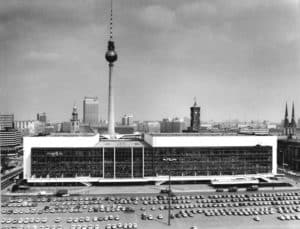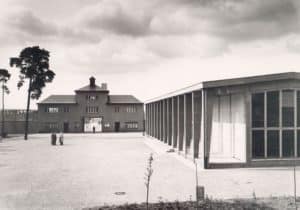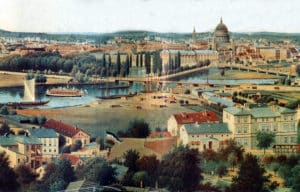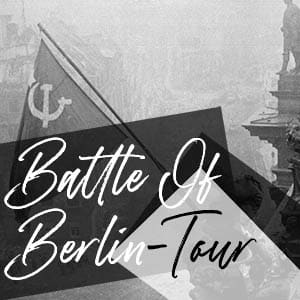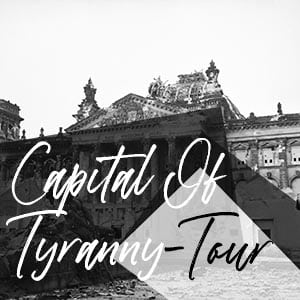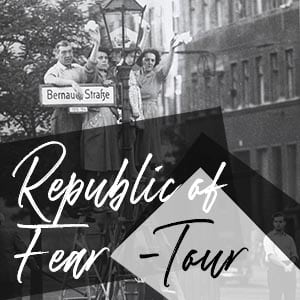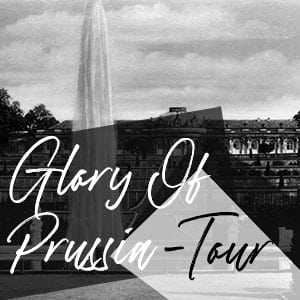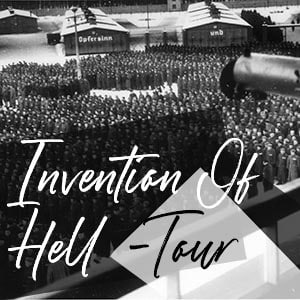Are you an expert on the history of Prussia?
Find out how much you know about the Iron Kingom, Berlin and Potsdam with our 20 question quiz.
Each question is multiple choice and is presented with a 60 second timer – so you’ll have to check your memory rather than dive into the books.
When you have answered each question you will also get a small description of the correct answer – so you might even learn something new along the way. Your final score will be presented at the end of the quiz, as well as the option to share your results via Facebook or Twitter to challenge your friends.
If you end up stumped, don’t worry, you can join one of our Glory of Prussia tours and brush up for the next attempt…
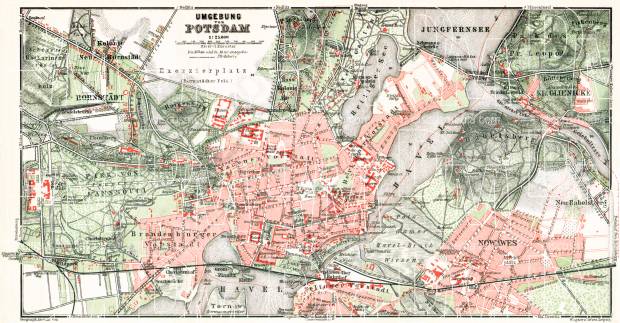
#1. Potsdam is said to get its name from the old West Slavonic word Poztupimi meaning:
The name Potsdam originally seems to have been Poztupimi. A common theory is that it derives from an old West Slavonic term meaning “beneath the oaks“, i.e., the corrupted pod dubmi/dubimi (pod “beneath”, dub “oak”). Although this remains disputed.
#2. When was the Kingdom of Prussia established?
The Kingdom of Prussia was founded when Frederick III crowned himself “King in Prussia” as Frederick I on 18 January 1701. Legally, no kingdoms could exist in the Holy Roman Empire except for Bohemia. However, Frederick took the line that since Prussia had never been part of the empire and the Hohenzollerns were fully sovereign over it, he could elevate Prussia to a kingdom.

#3. Which city served as the coronation city of the Kingdom of Prussia?
In 1701, Frederick III crowned himself King In Prussia in the city of Königsberg. From that point, the city would act as the coronation city for the Prussian Kings.

#4. The name of Frederick the Great’s pleasure palace, built in Potsdam in 1747, translates as what in English?
From the original French, Sanssouci, translates into English as “Without Worries“. Frederick the Great spoke French fluently and often prefered to speak it rather than his native German.
#5. True or False: Potsdam is older than Berlin as a city settlement?
TRUE: Potsdam was founded in 993 – when it was first mentioned in a document as Poztupimi, when Emperor Otto III gifted the territory to the Quedlinburg Abbey, then led by his aunt Matilda.
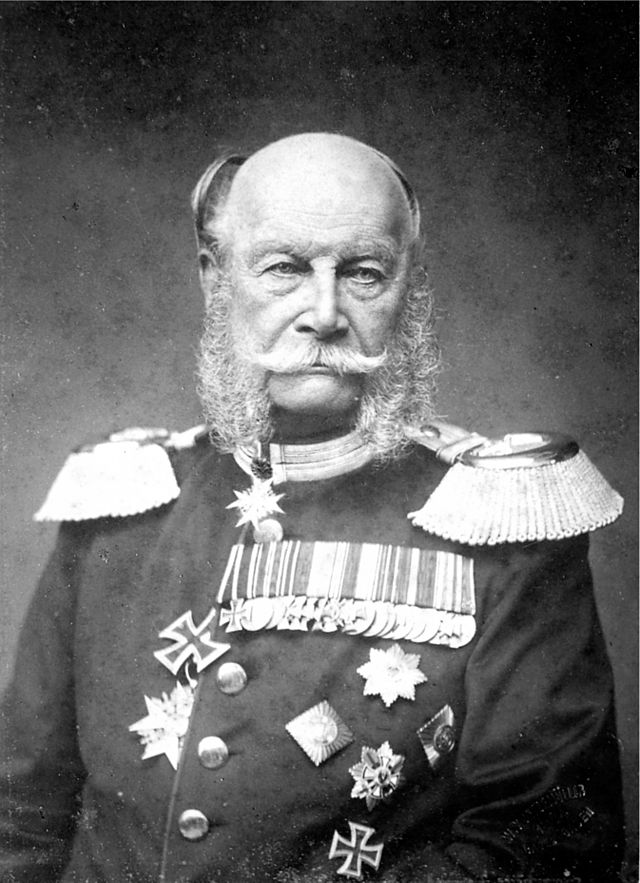
#6. Which of the palaces of Potsdam did the first German Emperor, Wilhelm I, live in as a prince?
Babelsberg palace, near the border between Berlin and Potsdam and the Glienicker Brücke, was used by Wilhelm I before taking the throne.

#7. Wilhelm I’s brother, Prince Charles, lived in the Glienicker Palace – designed by Karl Friedrich Schinkel. A popular joke about Prince Karl is that had he not been born a prince he would have been born:
Remembered more often for his patronage of art and for his sizable collections of art and armor, Prince Charles was the brother of future Emperor Wilhelm I and to Prussian King Frederick Wilhelm IV. As a result of his great collection of art treasures, of questionable origin and acquired in questionable manner, it was joked at the time that had Charles not been born a prince, he would have been born a thief.
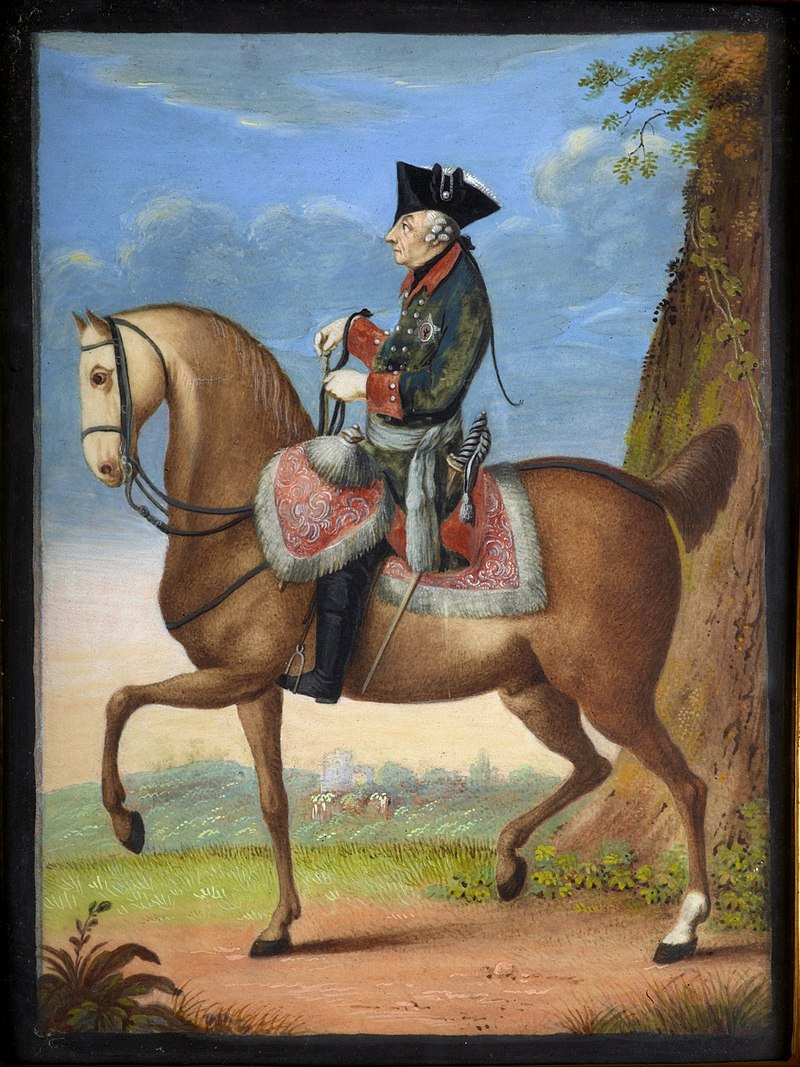
#8. Where was Frederick the Great initially buried in 1786?
On the morning of August 17th 1786, Frederick died in an armchair in his study at Sanssouci, aged 74. Contrary to his wishes that he be buried in from of Schloss Sanssouci, along with his Italian Greyhounds, Frederick the Great was buried in the Potsdam Garrison Church – on the orders of his nephew and successor, Frederick William II.

#9. The event that changed the course of the Seven Years War for Prussia, when Russia and Austria failed to follow up on their successes at the Battle of Kunersdorf and attack Berlin, was dubbed what by Frederick the Great?
The inability for the Russian and Austrian forces to follow up on their success at the Battle of Kunersdorf was referred to as the Miracle of the House of Brandenburg by Frederick the Great. A term he would also use to describe the sudden death of Empress Elizabeth of Russia in January 1762 that led to the succession of Peter III, her Germanized pro-Prussian nephew. This led to the collapse of the anti-Prussian coalition in the Seven Years War; as Peter immediately promised to end the Russian occupation of East Prussia and Pomerania, returning them to Frederick.
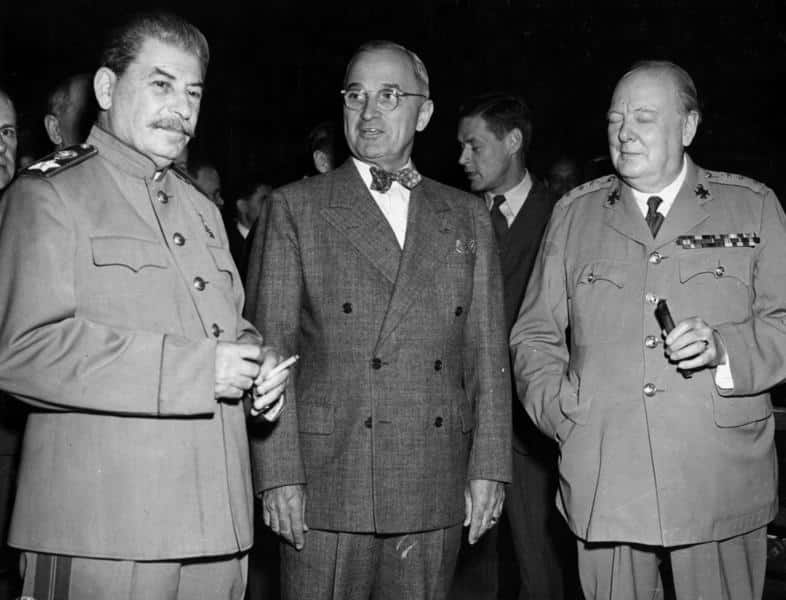
#10. During the Potsdam Conference in 1945, British Prime Minister Winston Churchill was replaced by Clement Attlee because of what?
Due to the late return of ballots from soliders overseas, the result of the 1945 British election was delayed until the middle of the Potsdam Conference – whereupon Winston Churchill was replaced by Clement Attlee after losing the election to the Labour party.
#11. Frederick the Great kept which breed of dog?
Frederick the Great famously kept Italian Greyhounds.
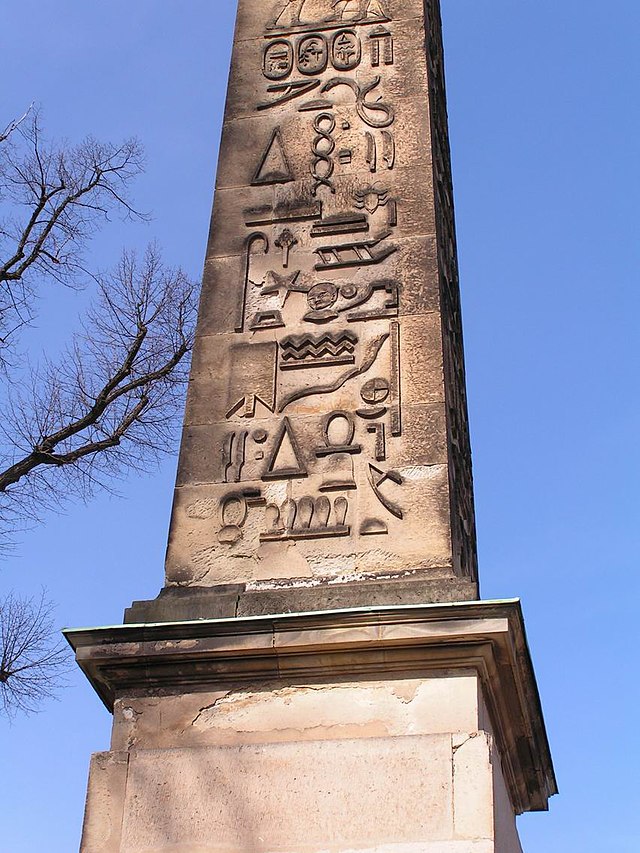
#12. True or False: The Obelisk in Park Sanssouci contain the Egyptian translation of the Old Testament in hieroglyphics?
FALSE: the ability to translate Egytian hieroglyphics was not possible until after the construction of this obelisk – following the discovery of the Rossetta Stone in 1799 during the Napoleonic campaign in Egypt.
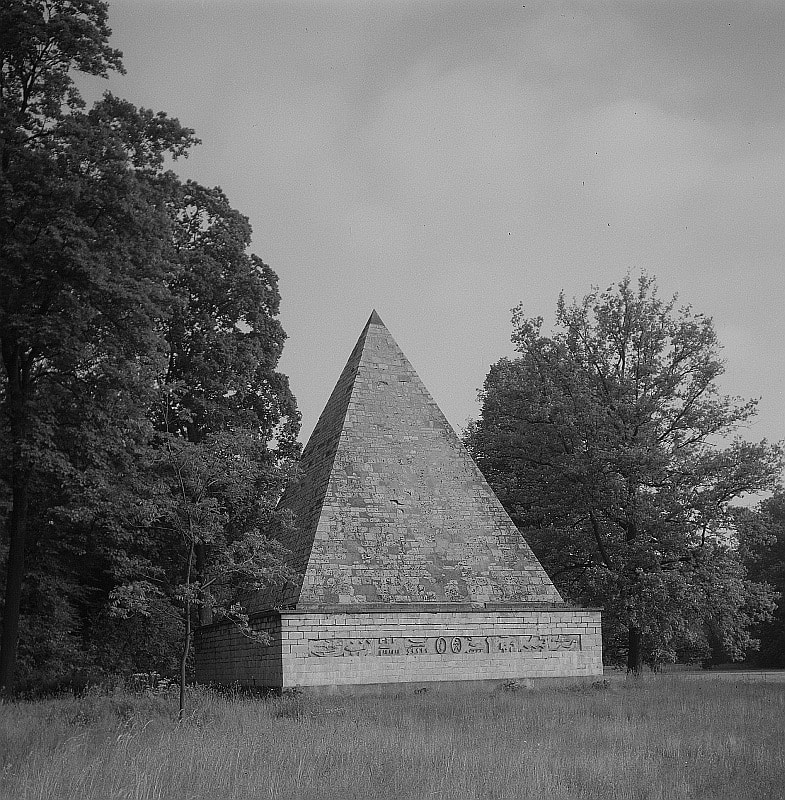
#13. What is this?
This pyramid structure from the Neuer Garten in Potsdam was used as a refrigerator during the Prussian times – when ice from the nearby Heiligen See would be stored here in the winter, the building maintaing the ice during the summer. The cellar of the structure is 5 meters deep in the ground, with a size of 2 meters square.

#14. In 1945, Adolf Hitler kept a portrait of which Prussian King in his Führerbunker study?
One of Adolf Hitler’s prized possession was a painting of Frederick the Great (Frederick II), painted by Swiss painter Anton Graff and produced in 1781. Contemporaries claimed it was the best and most accurate portrait of Frederick the Great. It is the most famous, most copied and most reproduced portrait of the King of Prussia.
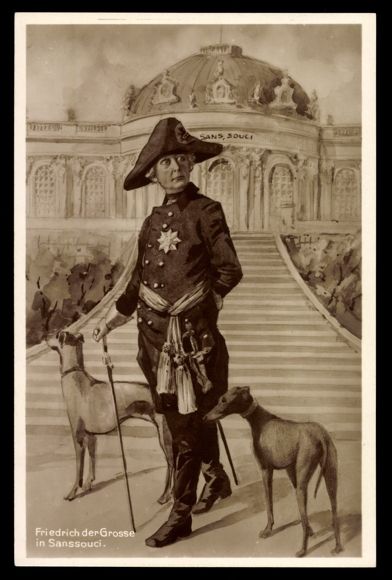
#15. True or False: Frederick the Great is credited with having introduced the phrase “A dog is a man’s best friend”
TRUE: Frederick the Great is considered to have popularised the term ‘a dog is a man’s best friend’ – and as mentioned in previous answers, was a great friend of his Italian Greyhounds – seen pictured here.
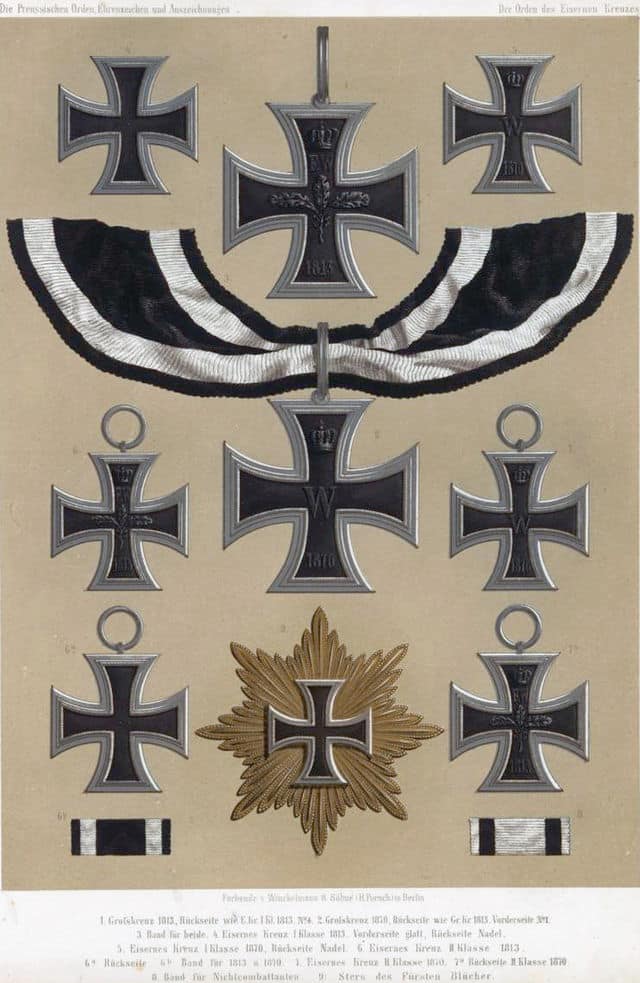
#16. The Iron Cross military decoration was originally introduced to be awarded to:
King Frederick William III of Prussia established the Iron Cross as a military decoration on March 17th 1813 during the Napoleonic Wars – to be awarded to soldiers who had fought against Napoleon. The award was backdated to the birthday of his late wife, Queen Louise (March 10th), and Louise would be the first person to receive this decoration. Albeit posthumously.
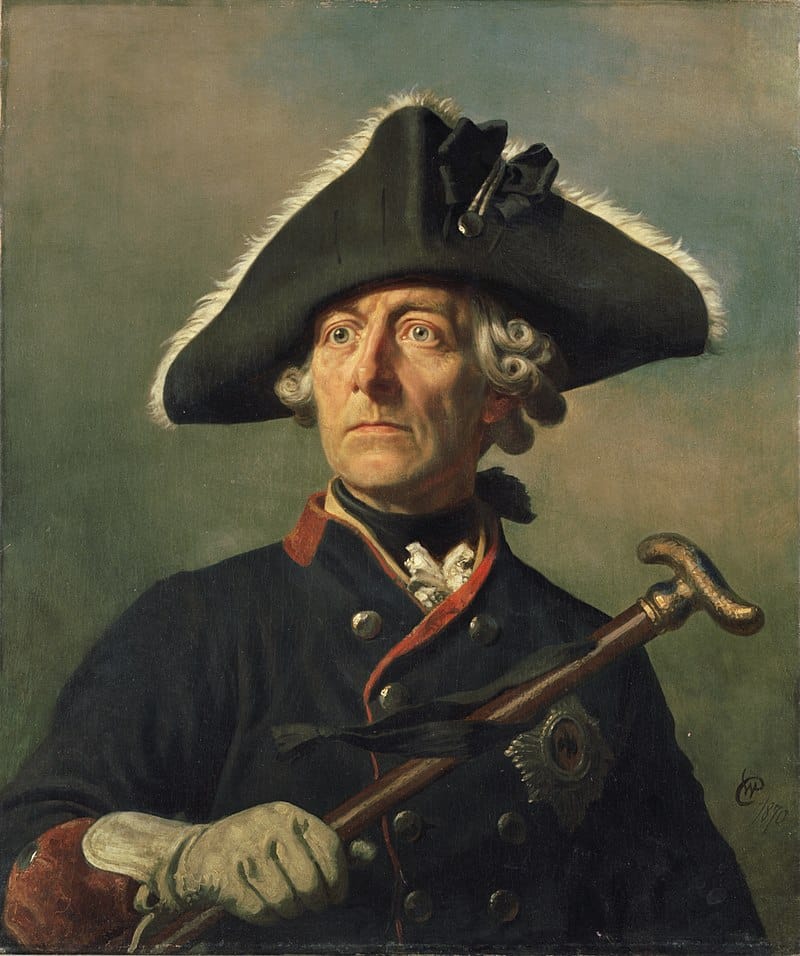
#17. True or False: Frederick the Great was the first King of Prussia?
The title ‘King Of Prussia’ was first adopted in 1772 by Frederick the Great following his annexation of vital parts of the Polish-Lithuanian Commonwealth. Until this point, the Prussian King would only be known as the ‘King In Prussia’, due to Prussia’s relationship with the Holy Roman Empire.
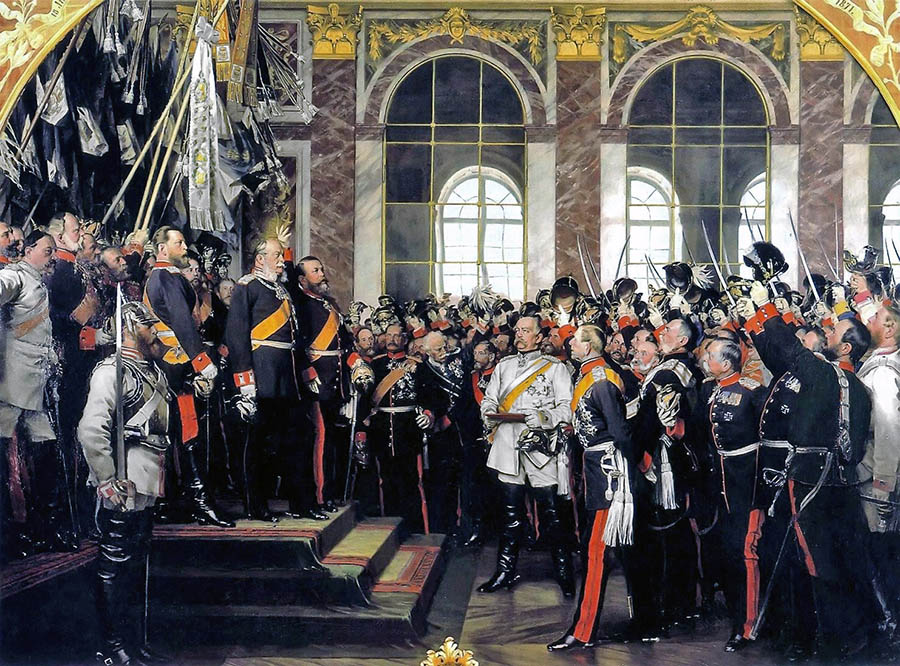
#18. German Unification in 1871 followed the defeat of three European nations in wars led by Prussia – France, Austria, and which other country?
The Wars of Unification were fought against three states; Denmark, Austria, and France, and led to German Unification in 1871.
#19. Who did Adolf Hitler meet on March 21st 1933 at the Garrison Church in Potsdam?
The ‘Day of Potsdam’ as it is known by historians described the meeting of Adolf Hitler and Reich President Paul von Hindenburg at the Garrison Church in Potsdam. Seen as a reckoning with the old and new of German society and politics, this meeting would take place at the church where Frederick the Great was buried in 1786.

#20. When was Prussia finally abolished?
The formal abolition of Prussia occurred on February 25th 1947, with the introduction of Control Council Law No. 46, passed by the Allied occupation authorities. This law starts: “The Prussian State which from early days has been a bearer of militarism and reaction in Germany has de facto ceased to exist.”
Results
Not bad. Not bad at all!
It seems you can easily claim to be an expert on the history of Prussia.
Perhaps a career as a tour guide or local historian awaits?
If you’re looking to learn more, consider one of our Glory of Prussia tours covering the history of the Iron Kingdom and some of the remaining sites in Berlin and neighbouring Potsdam.
Oh no, you managed less than 90%.
Don’t worry, the questions were meant to be hard.
Next time you’re heading to Berlin make sure to check out our history tours, where you’re guaranteed to learn more about Prussia. Specifically our Glory of Prussia tour might be just what you are looking for – covering the history of the Iron Kingdom and some of the remaining sites in Berlin and neighbouring Potsdam.
Our Related Private Tours
Learn more about the Battle of Berlin and explore this urban battlefield with our Battle of Berlin tours.
Learn more about the history of Nazi Germany and life in Hitler’s Third Reich with our Capital Of Tyranny tours.
Learn more about the history of East German and life behind the Iron Curtain with our Republic Of Fear tours.
Learn more about the history of Prussia and the life of Frederick the Great with our Glory Of Prussia tours.
Learn more about SS ‘Protective Custoday’ on our Sachsenhausen Concentration Camp Memorial tours.





